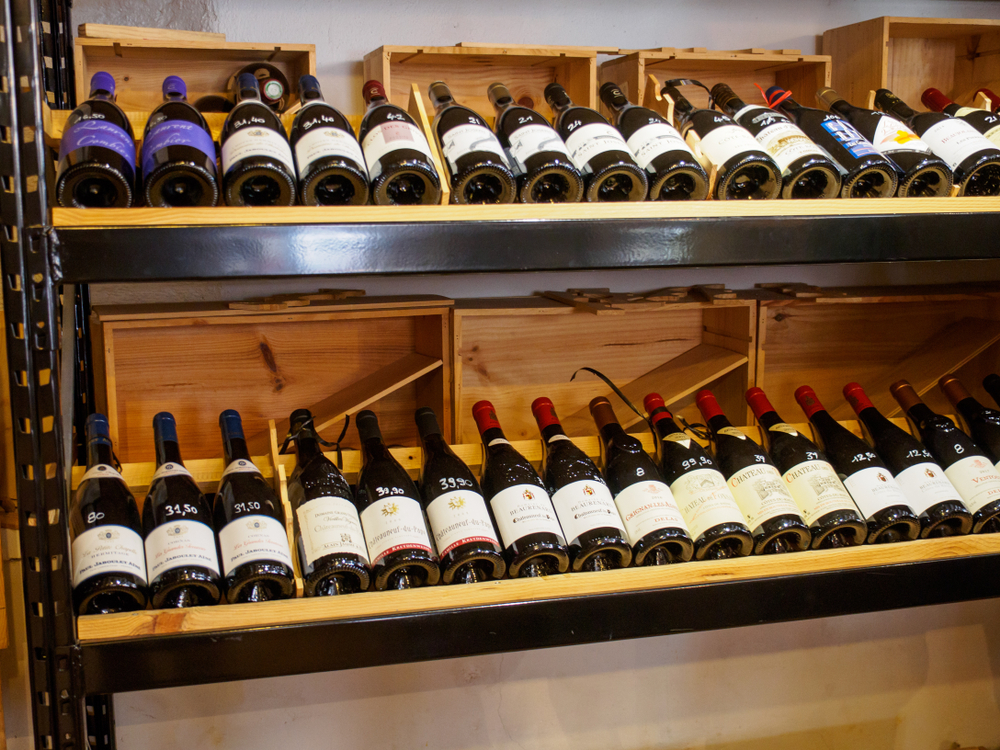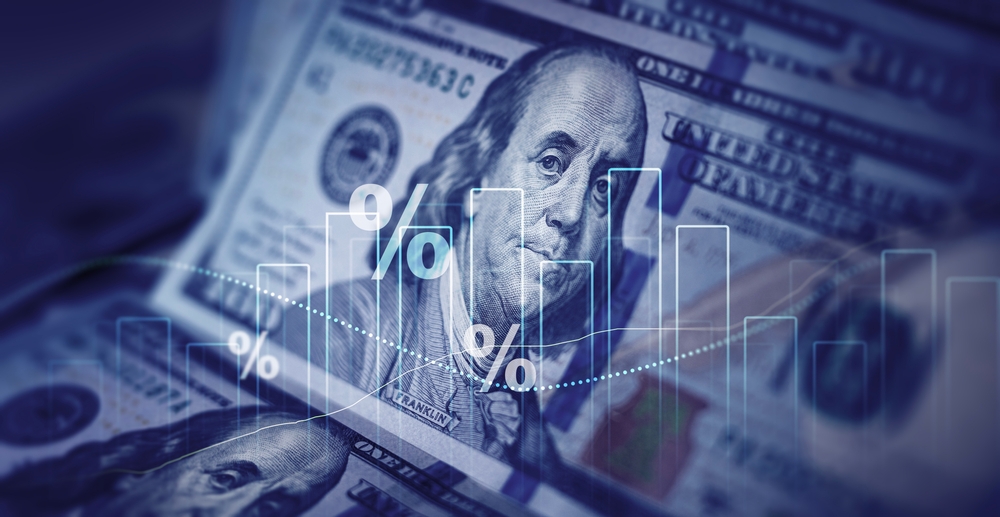
Investors often seek alternative investment options beyond traditional assets such as stocks or real estate. These alternatives include works of art, rare wines, or historical artifacts, which attract not only passionate collectors but also those looking to diversify their portfolio, mitigate risk, and preserve wealth. The question remains whether this is a passing trend or a firmly established part of the investment world.
What Are Alternative Investments?
Alternative investments represent a broad range of assets that fall outside the standard financial spectrum—namely stocks, bonds, or banking products. In addition to art, wine, or collectibles, this category includes coins, stamps, luxury watches, and classic cars. These investments combine financial potential with emotional value and often carry cultural heritage or a personal story. Their growing popularity is mainly driven by three factors: portfolio diversification, which reduces overall risk; protection against inflation, as physical and rare items tend to appreciate over time; and lastly, the prestige associated with owning unique or limited-edition assets.
Art and Capital
Art is traditionally considered one of the most prestigious forms of investment, offering not only the potential for high appreciation but also lasting aesthetic and cultural value. Classical works by old masters are a staple of the market, but contemporary art—including digital forms such as NFTs—is gaining increasing attention, especially among younger investors. Although the differences between these categories are significant, they share the ability to retain value while also providing the emotional satisfaction of owning a unique piece. On the other hand, the art market is characterized by low liquidity and a high reliance on expert knowledge, as navigating authenticity, trends, and valuation is complex and often requires professional assistance. Threats include forgeries and potential legal disputes, which can significantly jeopardize the investment.
An Asset in the Wine Cellar
Wine as an investment combines passion with financial strategy, where success depends on selecting the right labels, vintages, and most importantly, proper storage. Renowned regions such as Bordeaux or Napa Valley offer premium wines known for their capacity to appreciate over time. Furthermore, wine has a low correlation with traditional sectors, making it an ideal tool for portfolio diversification. Risks include devaluation due to improper storage, concerns about counterfeits, and relatively limited liquidity, requiring patience and market knowledge. Therefore, wine investing is best suited for investors with a long-term horizon or those who use professional asset management services.
Profitable Collecting
Collectibles represent a fascinating and diverse category where personal interest meets investment strategy. This includes coins, stamps, comics, luxury watches, sports cards, and classic cars. Some of these markets—such as limited-edition Rolex watches or rare sports cards—have seen significant growth in recent years and have become lucrative investments. Beyond financial returns, collecting also offers emotional and historical value. Owning a unique item means being part of a story and culture. However, investing in these assets requires specific knowledge and the ability to follow trends, as the market is often unpredictable and subject to fashion cycles.
Real-World Examples
Alternative investments are no longer just about passionate collecting, as proven by real-world cases. The painting Salvator Mundi, attributed to Leonardo da Vinci, was auctioned in 2017 for an astonishing $450 million, although twelve years earlier it was purchased as a damaged piece for only a few thousand dollars[1]. In the wine world, a bottle of Romanée-Conti Grand Cru 1945 sold for $558,000[2]. Its exclusivity lay in the fact that it was one of only 600 bottles ever produced. Collectibles are not lagging either: a Pokémon Illustrator card was auctioned for over $5 million, turning a children’s game into a serious investment tool[3]. Equally iconic are the Rolex Daytona “Paul Newman” watches, which fetched nearly $18 million at auction[4], or the 1962 Ferrari 250 GTO[5], sold for a record $70 million.
Comparison with Traditional Investments
Unlike traditional investments, which often offer higher liquidity and better access to information, alternative assets provide a unique diversification effect and the potential for significant appreciation if properly selected and timed. Their behavior is often uncorrelated with stocks, helping to dampen portfolio volatility during turbulent times. Given the market's specifics, these investments are more suitable for experienced and patient investors willing to dedicate time to understanding and analyzing these segments. Beginners should enter cautiously, ideally with expert support or through specialized funds that reduce risk and simplify access to these assets. If you're interested in more practical advice and tips on investing, be sure to check out our previous articles on AxilAcademy.
[1] https://www.forbes.com/sites/ceciliarodriguez/2017/11/15/leonardo-da-vincis-salvator-mundi-sold-for-more-than-450-millions-breaking-world-record/?utm
[2] https://www.foxnews.com/lifestyle/most-expensive-wine-ever-sold?utm
[3] https://www.guinnessworldrecords.com/news/2022/7/the-5-million-pokemon-card-inside-logan-pauls-record-breaking-trade-708581
[4] https://www.forbes.com/sites/hylabauer/2017/10/26/paul-newmans-paul-newman-daytona-sells-for-15-5-million-a-record-for-a-wristwatch-at-auction/?utm
[5] https://www.straitstimes.com/world/a-1962-ferrari-auctions-for-world-record-us517-million?utm

He has been trading in the capital markets since 2002, when he started as a commodity Futures trader. Gradually he shifted his focus to equity markets, where he worked for many years with securities traders in Slovakia and the Czech Republic. He also has trading experience in markets focused on leveraged products such as Forex and CFDs, and his current new challenge is cryptocurrency trading.


